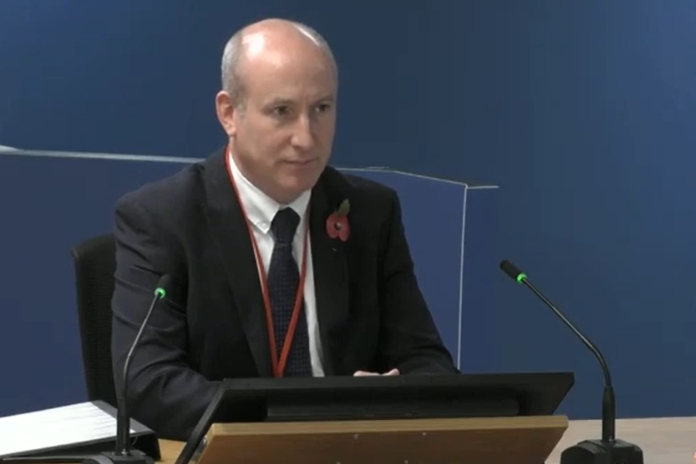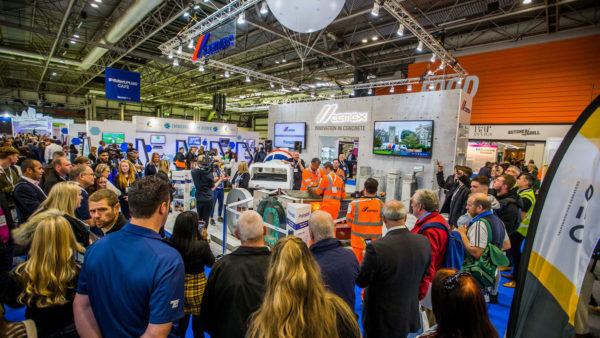
Claims made in marketing materials for Celotex RS5000 insulation of the type used in Grenfell Tower that it was suitable for buildings above 18m in height were “thoroughly misleading”, the Grenfell Tower Inquiry has heard.
As the Inquiry’s investigation into the products used on the tower continued, it heard from former Celotex major product/specification manager, Jonathan Roome, who joined the company in March 2014.
Roome, who has no professional qualifications and agreed his was essentially a sales role, said he had “very little” technical knowledge of either the FR5000 product (marketed as insulation for flat rooves) originally specified for the tower, or the RS5000 product that was launched in August 2014 as rainscreen cladding insulation that was suitable for buildings above 18m in height. A report produced by Dr Barbara Lane at an earlier stage of the Inquiry found that RS5000 was essentially the same PIR foam as FR5000.
Lead counsel to the Inquiry Richard Millett QC asked Roome if he knew that FR5000 was not a material of limited combustibility, to which Roome responded that he did. Roome also confirmed that he knew it had not passed a test which met criteria under BR 135 using full-scale test data under BS 8414 and that he came to know this once RS5000 was brought to the market.
Millett asked Roome if he was aware, as at August 2014 when RS5000 was launched, that there had been a large-scale BS 8414 test (fire performance of external cladding) carried out in February 2014 that RS5000 had failed.
Roome replied that he did not know at the time and only found out at some point in 2015 after a customer had asked a question related to it.
A successful test of RS5000 was later carried out in May 2014, using a rig that at certain levels (adjacent to the Lamatherm fire barrier and at the top of the rig) used an 8mm Marley Eternit cladding panel, immediately behind which was a 6mm magnesium oxide board. 12mm Marley Eternit cladding panels were used on the remainder of the rig.
Millett asked Roome if he had been aware that an additional layer of 6mm of magnesium oxide had been used at the thermocouples when tested in May 2014. Roome replied that he was not.
Millett later highlighted marketing documents relating to RS5000, including a specification guide, that did not contain references to the additional 6mm of magnesium oxide or the 8mm of Marley fibre cement panels at the thermocouples.
Millett said: “This is a thoroughly misleading document, isn’t it, even if one did read it thoroughly?”
Roome replied: “It turns out, correct, yes.” However, he added that he did not realise this at the time, but only when he attended a meeting with the lawyers for Celotex “a couple of years ago”.
Millett also asked Roome about a datasheet for Celotex RS5000 that repeated “suitable for buildings above 18 metres in height” on every page.
Millett asked: “In fact, it’s correct, isn’t it, that RS5000 was not suitable for buildings over 18 metres unless it formed part of the exact system tested under BR 135?”
Roome replied: “Correct.”
Millett asked: “Therefore, do you accept that those words at the top of those pages in the banner were apt to lead the reader to think that Celotex RS5000 was suitable for use in all buildings over 18 metres in height?”
Roome replied: “That would be the case – could be the case, yes.”
Millett later asked: “Taken as a suite, would you say that the Celotex marketing materials you were given were misleading about RS5000 and its use, suitability and safety above 18 metres?”
Roome replied: “It looks so, yes.”
The Inquiry continues.









